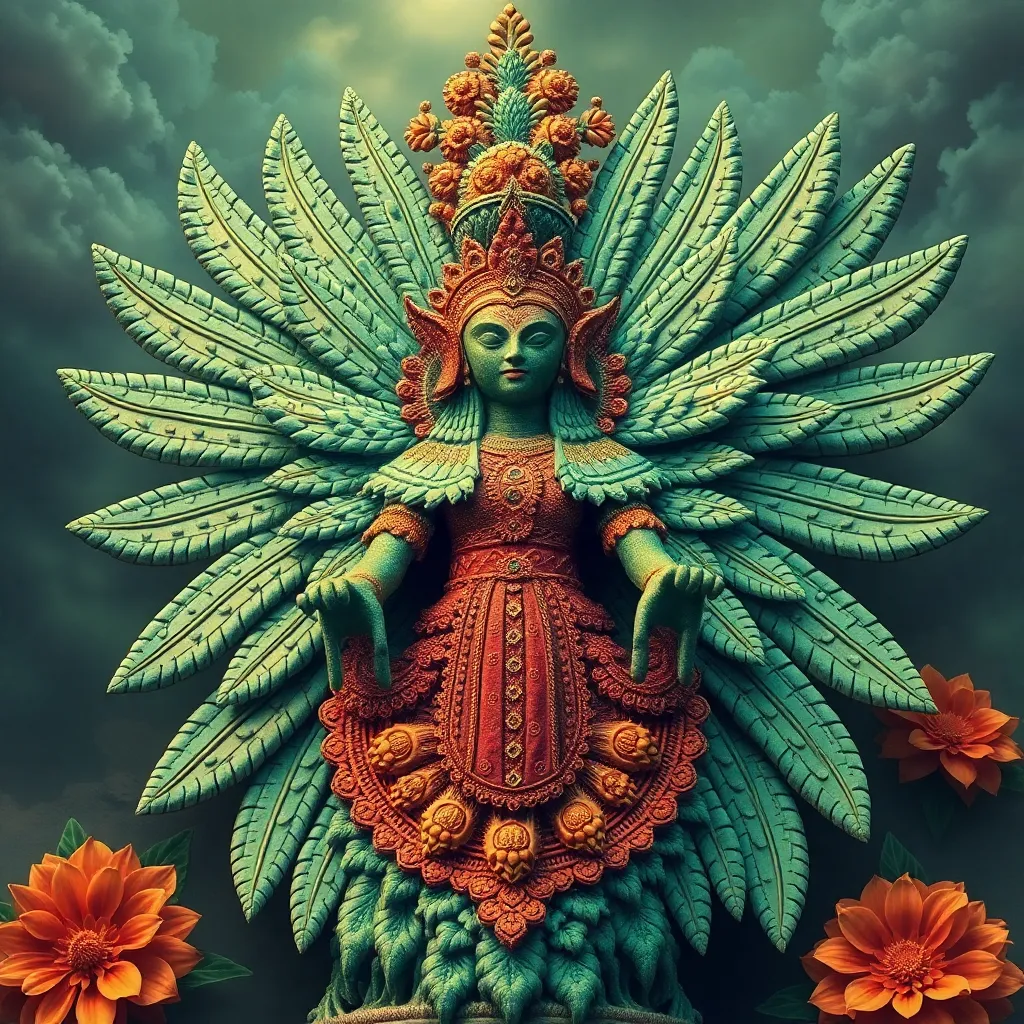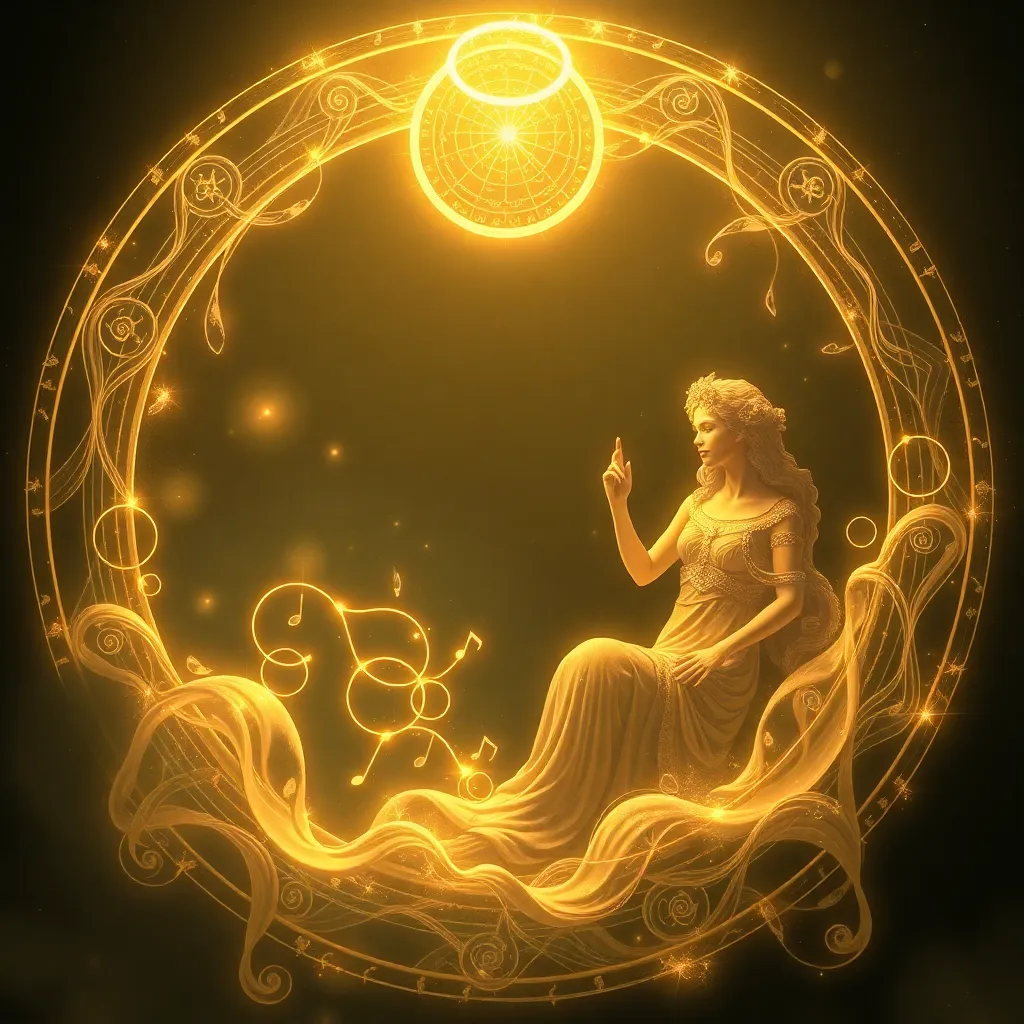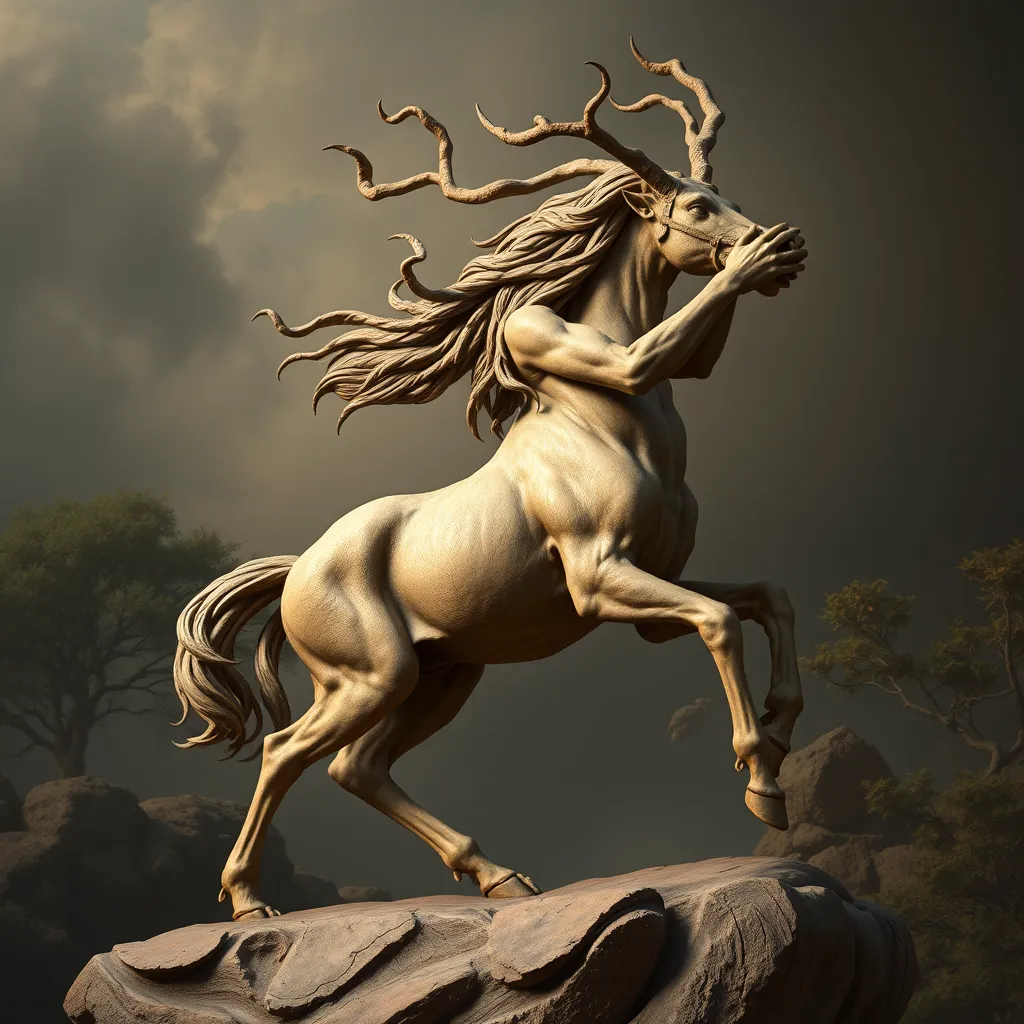The Tengu’s Fate: Exploring Their Destiny and Their Role in the Future
I. Introduction
Tengu, mystical creatures from Japanese folklore, have captivated the imagination of many through their unique blend of human and bird-like characteristics. Often depicted with a long nose, red face, and the ability to fly, Tengu are considered both protectors and tricksters, embodying a complex duality that has evolved over centuries.
In Japanese culture, Tengu are not just mythical beings; they hold significant importance as guardians of nature and the mountains. Their stories often intertwine with themes of spirituality, morality, and the natural world. This article aims to explore the fate of Tengu and their potential role in the future, examining their historical background, symbolism, modern perception, and relevance in contemporary society.
II. Historical Background of Tengu
The origins of Tengu can be traced back to ancient Japanese mythology, where they were initially considered to be disruptive spirits or demons. Over time, their portrayal evolved significantly. In the Heian period (794-1185), Tengu began to be seen as protectors of the mountains, associated with the ascetic practices of Shugendo, a syncretic belief system that combines elements of Shinto, Buddhism, and Taoism.
Tengu’s significance in historical narratives is profound. They often appear in tales as guardians of sacred spaces, warning humans against disrespecting nature. Their evolution from malevolent spirits to revered protectors reflects changing societal values and the growing reverence for nature and spirituality.
III. The Symbolism of Tengu
Tengu embody a rich tapestry of symbolism in Japanese culture. They are often viewed as:
- Guardians of Nature: Tengu are seen as protectors of the forests and mountains, ensuring the balance of nature is maintained.
- Dual Nature: They represent the complex interplay between good and evil, often acting as both protectors and tricksters in folklore. This duality reflects the moral ambiguities found in human nature.
- Cultural Interpretations: Tengu have been depicted in various forms of art, from ukiyo-e prints to modern illustrations, symbolizing the ongoing relationship between humanity and the natural world.
IV. The Modern Perception of Tengu
In contemporary media, Tengu continue to thrive, appearing in anime, video games, and literature. Their representation has shifted from traditional depictions to more nuanced portrayals that reflect modern sensibilities.
Public perception of Tengu has evolved; they are now celebrated figures in popular culture, often embodying themes of heroism and environmental stewardship. This shift highlights the growing cultural relevance of Tengu in a world increasingly concerned with ecological issues.
Moreover, Tengu have found their place in modern spirituality, with many individuals embracing their mythology as a source of inspiration for connecting with nature and fostering environmental awareness.
V. Environmental Context: Tengu as Symbols of Nature
Tengu’s association with nature makes them powerful symbols in discussions about environmental preservation. Their mythos serves as a reminder of the importance of maintaining harmony with the natural world. As modern ecological crises escalate, Tengu can be viewed as:
- Advocates for Nature: Tengu stories often emphasize the need to respect and protect the environment, resonating with contemporary conservation efforts.
- Inspirational Figures: The Tengu’s role as guardians can inspire individuals and communities to take action against environmental degradation.
In a time when climate change and habitat destruction are pressing issues, Tengu mythology can reinvigorate the conversation around conservation, encouraging people to reconnect with nature.
VI. The Future of Tengu in Popular Culture
As we look ahead, the representation of Tengu in popular culture is likely to continue evolving. Predictions for their future include:
- Increased Visibility: With the rise of global culture, Tengu may gain more recognition outside Japan, appearing in international media and narratives.
- Cross-Cultural Narratives: Tengu could serve as bridges between different cultures, embodying universal themes of nature, spirituality, and the human experience.
- Adaptation in New Media: From virtual reality experiences to interactive storytelling, Tengu may find new forms of expression that resonate with younger generations.
VII. Tengu in the Context of Technology and Urbanization
As urbanization continues to reshape landscapes, Tengu’s adaptability becomes evident. They have the potential to evolve into urban myths, reflecting the changing dynamics between technology and nature.
The impact of technology on traditional folklore is significant. Tengu can embody:
- The Clash of Worlds: Representing the tension between nature and urban life, Tengu can symbolize the struggle to maintain ecological balance in increasingly industrialized environments.
- Urban Legends: In modern cities, Tengu may manifest as urban legends, adapting their stories to resonate with contemporary fears and challenges.
This adaptability ensures that Tengu remain relevant, continuing to inspire discussions about the importance of nature amidst the hustle of city life.
VIII. Conclusion
In summary, Tengu hold a significant place in both historical narratives and contemporary culture. Their evolution from feared spirits to revered guardians reflects a broader societal shift towards valuing nature and spirituality. As Tengu continue to adapt to modern contexts, their ongoing relevance serves as a reminder of the importance of preserving our environment and understanding our place within it.
The fate of Tengu is intrinsically tied to the fate of the natural world, and their mythology has the potential to inspire future generations to embrace conservation and respect for nature. As we move forward, the implications of Tengu’s fate may resonate deeply, reminding us of the stories we tell and the values we uphold.



